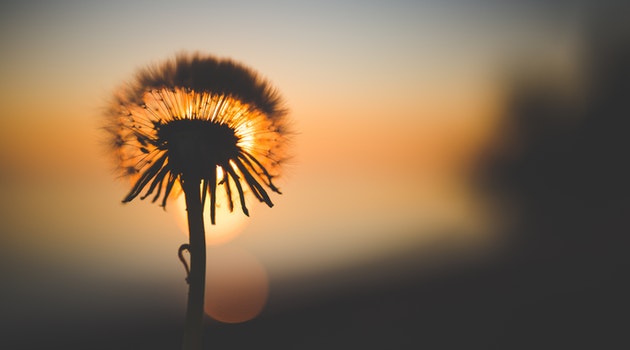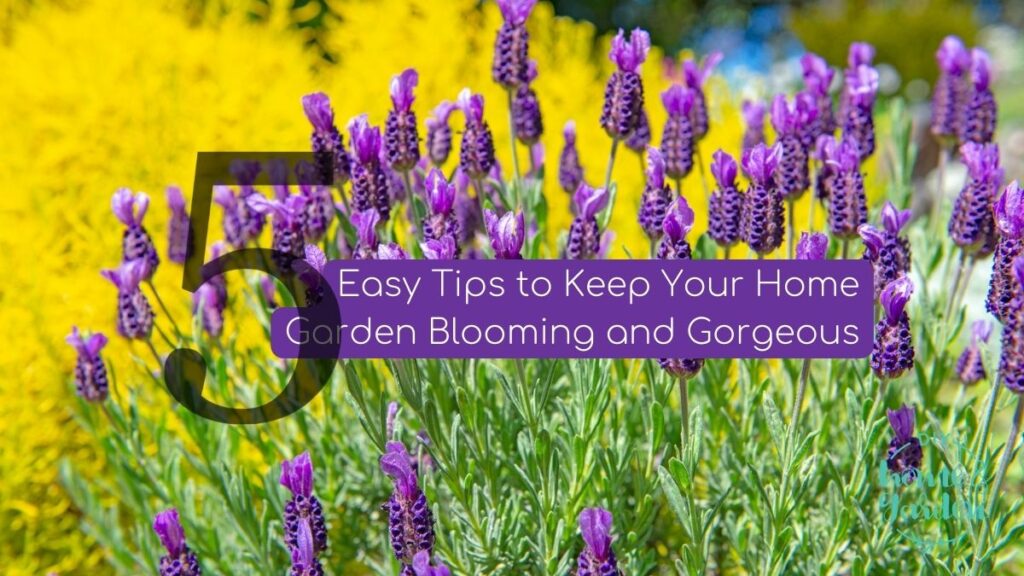Read how to deal with the dandelion correctly, if you choose removal.
Have you ever looked out at your lawn and garden only to find it speckled with the bright yellow of dandelions? Taraxacum officinale, which we call a dandelion, is a familiar sight in yards worldwide. Often labeled as a pesky weed, these vibrant plants hold a world of complexity that stirs up mixed feelings among gardeners.
In this post, we’ll explore both sides of the dandelion debate – their benefits and drawbacks – and look further into effective removal techniques. Let’s embark on this dandelion journey together, shall we?
Dandelions: A Brief Overview

Latin Name and Appearance: The dandelion, known scientifically as Taraxacum officinale, is easily recognizable by its bright yellow flower heads, which turn into fluffy, white seed balls. Each part of the dandelion – from its deep taproot to its serrated leaves – plays a role in its hardiness and spread.
Lifecycle: Dandelions boast an impressive lifecycle. They are perennial plants, surviving year after year. Their flowers bloom in early spring and can continue throughout the summer and fall. After pollination, the yellow flowers transform into white, fuzzy seed heads, each capable of dispersing hundreds of seeds through the wind. This robust reproductive strategy is a key reason why they are so widespread and persistent in lawns and gardens.
Pros of Dandelions in Your Lawn and Garden
Ecological Benefits:
- Pollinator Friendly: Dandelions are among the first food sources for bees and other pollinator insects in the first warm days of spring. Their bright flowers are rich in nectar and pollen, providing essential nutrients when other sources are scarce.
- Soil Health: The deep taproots of dandelions can break compacted soil, improving aeration and water penetration. They also bring up nutrients like calcium and potassium from deeper soil layers, enriching the topsoil.
Aesthetic and Culinary Uses:
- Natural Beauty: For some, the golden blossoms of dandelions add a charming, wildflower aesthetic to their lawns and gardens.
- Edible and Nutritious: Every part of the dandelion is edible, with leaves, roots, and flowers being used in salads, teas, and even wines. They are packed with vitamins and minerals, thus making them a healthy addition to your diet. Note: I’m a blogger, not a doctor. If you have questions about eating dandelions, check with your primary care physician, a dietitian, or your pharmacist. This information is for informational purposes only and is not medical advice.
Cons of Dandelions in Your Lawn and Garden
Aesthetic Concerns:
- Unwanted Appearance: A pristine lawn is the pinnacle of garden beauty for many. With their rapid spread and contrasting color, dandelions can disrupt this uniform green vista.
- Invasive Nature: Their robust growth can out-compete grass and other desired plants, leading to an imbalance in your garden’s ecosystem.
Maintenance Challenges:
- Persistent Growth: Dandelions can be difficult to remove due to their deep taproots. A small fragment left in the soil can result in regrowth.
- Rapid Seed Dispersal: The ability of dandelions to spread their seeds far and wide can turn a small problem into a widespread invasion within a single season.
Manual Removal Techniques
- Hand Pulling: This traditional method is most effective when the soil is moist. Grasping the dandelion at its base and pulling gently can help remove the entire root. Tools like dandelion weeders can aid in this process.
- Digging Out: Use a narrow trowel or a specialized dandelion removal tool for a more thorough removal. Insert it deep into the soil to get under the root, then lever it out, removing as much of the root as possible.
- Mowing Strategy: Regular mowing before the dandelions seed can prevent them from spreading. However, this doesn’t remove them but keeps their growth in check.
Chemical Treatments
- Selective Herbicides: These target broadleaf plants like dandelions without harming the grass. They’re applied directly to the dandelion, absorbed through the leaves, and moved down to the root.
- Pre-Emergent Herbicides: These prevent the seeds from germinating. While effective, they require precise timing and can affect other plants, so careful application is crucial.
- Considerations: When using chemical treatments, it’s important to consider the environmental impact. Herbicides can affect pollinators and other wildlife, and run-off can contaminate water sources. Always follow the manufacturer’s instructions and use them as a last resort.
Dandelions, those vibrant yet divisive denizens of our lawns and gardens, present a unique challenge. On one hand, they offer ecological benefits, a touch of wild beauty, and surprising culinary potential. On the other, they can be a nuisance, disrupting the aesthetic of a carefully curated lawn and proving formidable opponents in garden maintenance.

The Takeaway: Choosing to Remove Dandelions Is a Frequent Choice
Whether you keep or remove these yellow blooms, it’s clear that dandelions command respect for their resilience and adaptability. If removal is your choice, consider the method that best suits your garden’s needs and your environmental values, whether it’s the satisfaction of manual weeding or the efficiency of chemical treatments.
Ultimately, the decision lies with you, the gardener, as you weigh the pros and cons in the context of your personal garden narrative. Whatever your choice, may your gardening journey be as enriching and vibrant as a field of dandelions in full bloom.
Love this content? Please join one of our social media groups – you can find us on either Facebook or MeWe.

